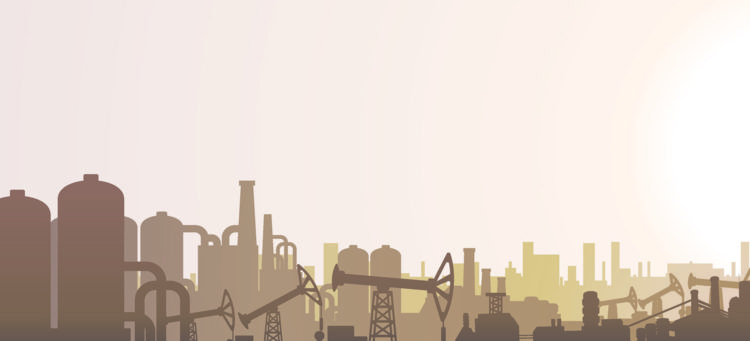
Trending
Smog (n.): Clearing the air on a rising issue
March, 2017
Spring is just around the corner—the buds on the trees are plumper, the birds are chirpier and the days are finally warmer. After a long Alberta winter, there’s nothing more refreshing than stepping outside for a big, beautiful breath of fresh springtime air. But what if the air isn’t so fresh? Smog is a growing problem in Canada, and no province is immune. Here we explore the term smog, some of the ways it’s affecting our cities and what’s being done about it.
What Is Smog?
The term smog describes a mixture of smoke and fog. People generally use the word to describe low air quality or reduced visibility from air pollution. According to the Canadian Medical Association, smog includes pollutants such as sulphur dioxide, nitrogen oxides, volatile organic compounds and gaseous ammonia. Although smog often appears as a brownish haze in the sky, it can also be colourless and odourless.
What Causes Smog?
In Canada, most smog comes from car exhaust, but pollution from factories, power plants and even forest fires contribute to the problem, too. When these pollutants mix with sunlight, they create what’s referred to as smog.
How Smog Hurts Our Health
Smog can cause a slew of health problems—everything from a minor cough and irritated eyes, nose and throat to serious disease or damage to the heart and lungs. Exposure to outdoor air pollution can also aggravate pre-existing health conditions such as asthma.
Who Is at Risk?
Anyone who spends a significant amount of time outdoors, like those who work outside or are active outdoors each day, risk the effects of smog; however, seniors, children and those with health conditions that affect the respiratory system, the heart or the lungs are the most vulnerable. If you think staying out of the city will keep you safe from smog, think again—people in rural areas are at risk, too.
Canada’s Struggle with Smog
In a 2016 review of national health programs around the world, the World Health Organization (WHO) determined that outdoor air pollution has risen by eight percent globally. Canada is no exception to the growing amounts of smog.
According to Health Canada, the Canadian areas that are most affected by smog are the Windsor-Quebec City Corridor (in Ontario and Quebec), the Lower Fraser Valley (in British Columbia) and the Southern Atlantic region (in the Maritime provinces).
Protecting the Population
With smog becoming a significant environmental health problem in Canada, our government has taken steps to help protect its population from outdoor air pollution. Back in 1999, the Government of Canada amended the Canadian Environmental Protection Act (CEPA). This legislation, which came into effect in 2000, introduced new policies to help protect Canadians from all kinds of pollution, including air pollution. For example, CEPA includes provisions to regulate vehicle, engine and equipment emissions in Canada.
Canada’s Air Quality Health Index (AQHI) is a collaboration between Health Canada and Environment Canada; it is a tool meant to help Canadians understand how air quality affects their health. The AQHI monitors and then assesses the current air quality level (“low risk” to “very high risk”) and provides advice on how Canadians can protect their health in each risk scenario.
If the AQHI reaches a “high risk” or “very high risk” level for one to two hours, Environment Canada issues a Special Air Quality Statement in the affected region. If the “high risk” or “very high risk” status is expected for three hours or more, Environment Canada issues a Smog and Air Health Advisory.
Canadians can find AQHI levels for their area on their local weather network or on the Environment and Climate Change Canada website. t8n
Interesting Facts
In 2014, 92% of the world population (or about 9 out of 10 people) were living in places where WHO’s air-quality guideline levels were not being met.
WHO also claims that outdoor air pollution caused three million premature deaths globally in 2012.
Did You Know?
There are two types of smog:
sulfurous and photochemical.
Sulfurous smog (also called “London smog”) is caused by burning
sulfurous fossil fuels such as coal.
Photochemical smog (also called “Los Angeles” smog) comes from vehicle or factory emissions.












